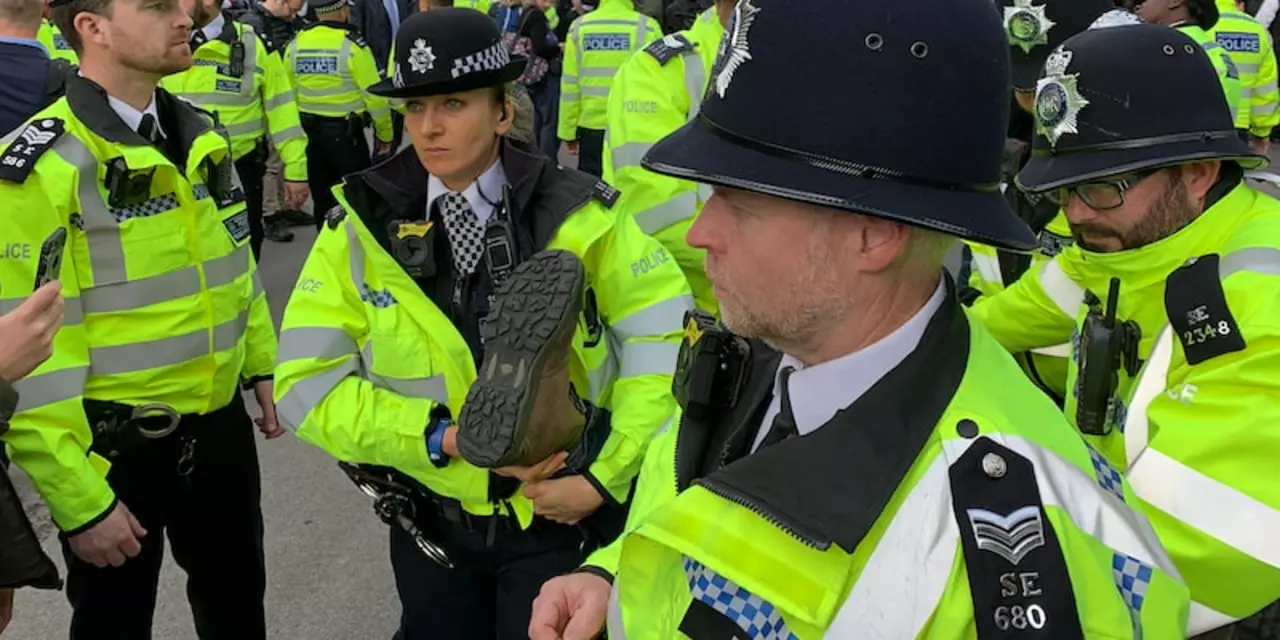Cardiac Arrest in Sports: Signs, Response & Prevention
Sudden cardiac arrest (SCA) isn’t just a medical term you hear on news reports – it can happen in the middle of a game, a training session, or even a casual pickup match. When an athlete’s heart stops beating effectively, they can lose consciousness in seconds. Knowing what to look for and how to act can mean the difference between a tragedy and a life saved.
Recognizing the Signs
Most people think chest pain is the first warning, but with SCA the signs are often quicker and more dramatic. A player may suddenly collapse, become unresponsive, or stop breathing normally. Their skin can turn pale or turn a bluish shade, and you might notice a weak or absent pulse. These symptoms appear without warning – no time for a “wait and see” approach.
In many cases, the athlete had no previous heart problems, which is why the event feels shocking. If you see someone slump, clutch their chest, or freeze mid‑play, treat it as an emergency. Don’t assume it’s just fatigue or a minor injury.
Immediate Steps to Take
The first 4–6 minutes are crucial. Call emergency services right away – even if you think help is far away, the dispatcher can give you instructions while you act. Then, start CPR (chest compressions) without delay. Push hard and fast in the center of the chest, about 2 inches deep, at a rate of 100–120 compressions per minute. You don’t need to wait for a medical professional to arrive.
If an AED (Automated External Defibrillator) is nearby, turn it on and follow the voice prompts. The device will analyze the heart rhythm and advise whether a shock is needed. Most gyms, schools, and stadiums now have AEDs, so knowing where they are can save precious seconds.
Keep compressions going until EMS arrives or the athlete shows signs of life – like moving, breathing, or regaining consciousness. Even if you’re not a trained rescuer, bystanders can still perform hands‑only CPR and it’s better than doing nothing.
After the emergency, the athlete will need a thorough cardiac evaluation. Doctors will run ECGs, echocardiograms, and sometimes advanced imaging to pinpoint any underlying condition. Common causes in athletes include hypertrophic cardiomyopathy, arrhythmogenic right ventricular cardiomyopathy, and congenital coronary artery anomalies.
Prevention starts with screening. Many sports programs now require a pre‑participation physical exam that includes a basic ECG. While not perfect, it catches many hidden problems before they become fatal. Encourage your team or league to adopt regular check‑ups, especially for those with a family history of heart disease.
Other practical steps include promoting a heart‑healthy lifestyle: balanced nutrition, proper sleep, and avoiding performance‑enhancing drugs that can stress the heart. Educate players on the importance of reporting any fainting episodes, unusual shortness of breath, or palpitations – even if they think it’s a minor issue.
Knowing the signs, acting fast, and having the right equipment in place turns a potentially deadly event into a survivable one. Share this knowledge with teammates, coaches, and anyone involved in sports. The next time you step onto the field, you’ll be more prepared to protect yourself and others.
